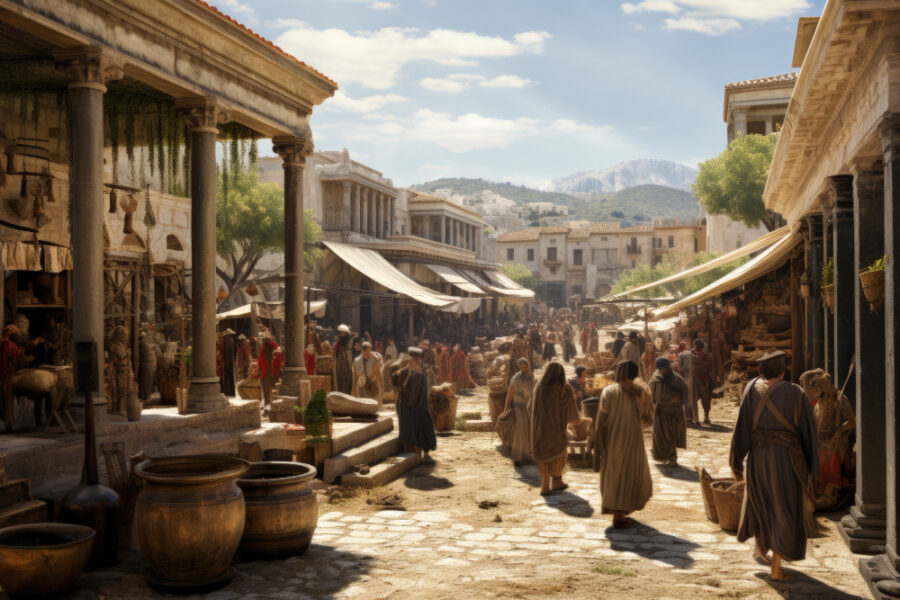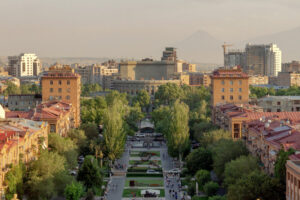In the heart of the Caucasus region, nestled between the Black Sea and the Caspian Sea, lies a small yet culturally rich country with an ancient legacy — Armenia. Officially known as the Republic of Armenia, this land has preserved its distinct identity through millennia, absorbing influences from powerful empires while maintaining a unique cultural core. This article explores the historical depth and cultural treasures of Armenia — one of the oldest continuously inhabited countries in the world.
Ancient Roots and Early Civilization
Armenia’s history dates back to circa 4000 BCE, with archaeological evidence of Chalcolithic and Bronze Age settlements found across the Armenian Highlands. One of the earliest mentions of a proto-Armenian entity appears in the annals of the Assyrian Empire, where a land called “Urartu” — often linked to early Armenian statehood — is referenced as early as the 9th century BCE. By the 6th century BCE, Urartu was succeeded by the Satrapy of Armenia under Achaemenid Persian rule.
The formation of a unified Armenian state took place in the 2nd century BCE under the Artaxiad dynasty. This marked the beginning of the classical Armenian Kingdom.
The Reign of Tigranes the Great

The golden age of ancient Armenia came under Tigranes II the Great (reigned 95–55 BCE), a ruler who expanded the Armenian Kingdom to its greatest territorial extent. His empire stretched from the Mediterranean Sea to the Caspian, incorporating parts of modern-day Turkey, Syria, Lebanon, Iran, and the Caucasus.
The legacy of this era is reflected in monumental architecture, including fortresses and temples. A notable example is the Temple of Garni, built in the 1st century CE, the only surviving Greco-Roman colonnaded structure in the former Soviet Union. It was dedicated to the sun god Mihr, reflecting Armenia’s pre-Christian pagan heritage.
Armenia: The First Christian Nation
In 301 CE, Armenia became the first nation in the world to adopt Christianity as a state religion, under the rule of King Tiridates III, influenced by Saint Gregory the Illuminator. This monumental event predates Constantine’s Edict of Milan by over a decade.
The adoption of Christianity had a profound cultural and architectural impact. The Etchmiadzin Cathedral, built in the early 4th century, is regarded as the oldest cathedral in continuous use. Today, it remains the spiritual center of the Armenian Apostolic Church, one of the oldest Christian institutions in the world.
The Armenian Apostolic Church and Its Role


The Armenian Apostolic Church has been central to national identity for over 1,700 years, especially during times of foreign domination. It preserved not only faith but also literature, education, and national consciousness.
Numerous medieval monasteries, such as Geghard, Tatev, and Haghpat, now UNESCO World Heritage Sites, showcase the fusion of spiritual devotion and architectural innovation.
Armenian Art, Language, and Cultural Symbols
Armenian culture is deeply expressed in its art, craftsmanship, and script. Among its most iconic symbols are the khachkars — intricately carved stone crosses unique to Armenian heritage. These cross-stones, dating back to the 9th century, are found across the country and symbolize the Armenian synthesis of Christian symbolism and local artistic traditions.
Another jewel of Armenian heritage is the illuminated manuscript tradition, which flourished in the Middle Ages. One notable artifact is the Reliquary of Saint Gregory the Illuminator and the Matenadaran collection in Yerevan, which houses thousands of ancient manuscripts.
The Armenian language, an independent branch of the Indo-European language family, has been spoken for over 3,000 years. The Armenian alphabet, created by Mesrop Mashtots in 405 CE, is celebrated for its precision and elegance. It continues to serve as the backbone of Armenian education, literature, and theology.
Tragedy and Triumph: The Armenian Genocide
One of the darkest chapters in Armenia’s history is the Armenian Genocide of 1915, during which over 1.5 million Armenians were systematically exterminated by the Ottoman Empire. This catastrophe devastated the Armenian population and led to a vast diaspora.
Despite this trauma, the Armenian people have shown extraordinary resilience, rebuilding communities worldwide and preserving their identity through language, faith, and culture.


Conclusion: The Enduring Spirit of Armenia

Armenia is more than just an ancient country — it is a living civilization. From its early kingdoms to its Christian heritage, and from its tragic losses to its cultural rebirths, Armenia stands as a testament to human endurance and cultural richness.
Whether you are drawn by its ancient churches, breathtaking landscapes, archaeological sites, or deep-rooted traditions, Armenia offers a unique window into the history of humankind.



